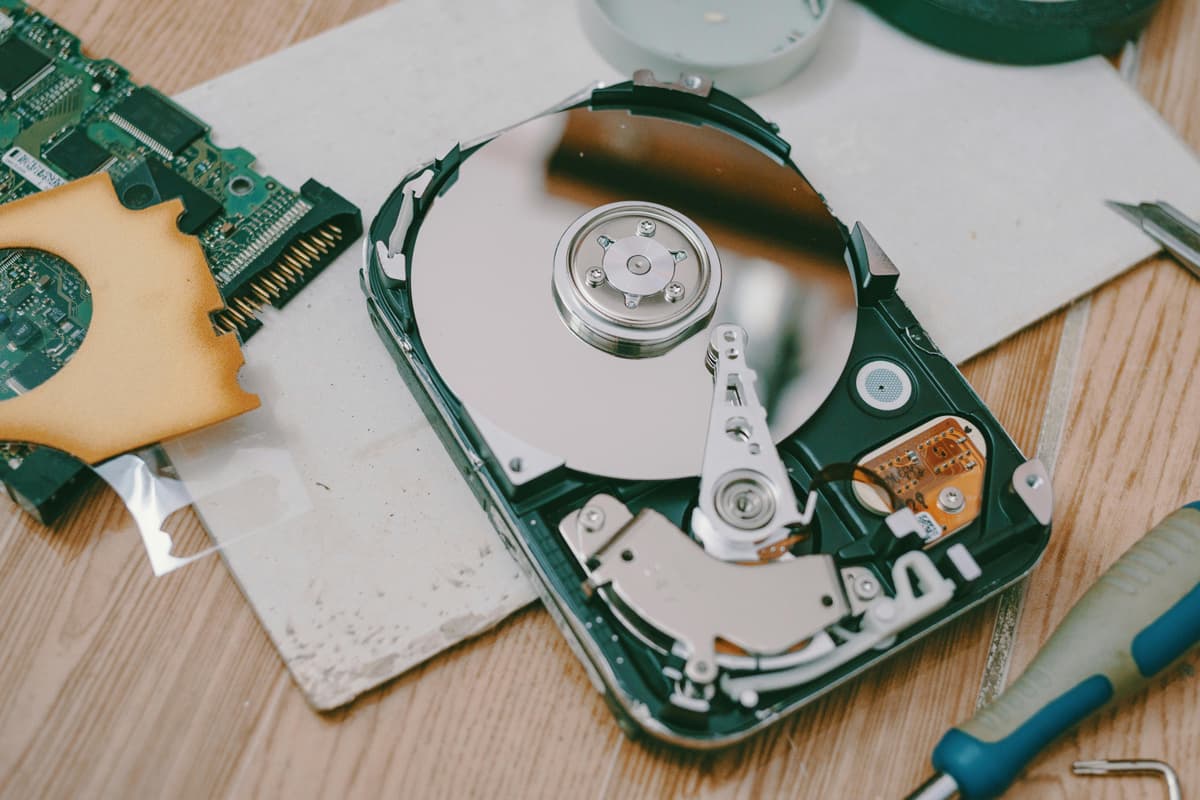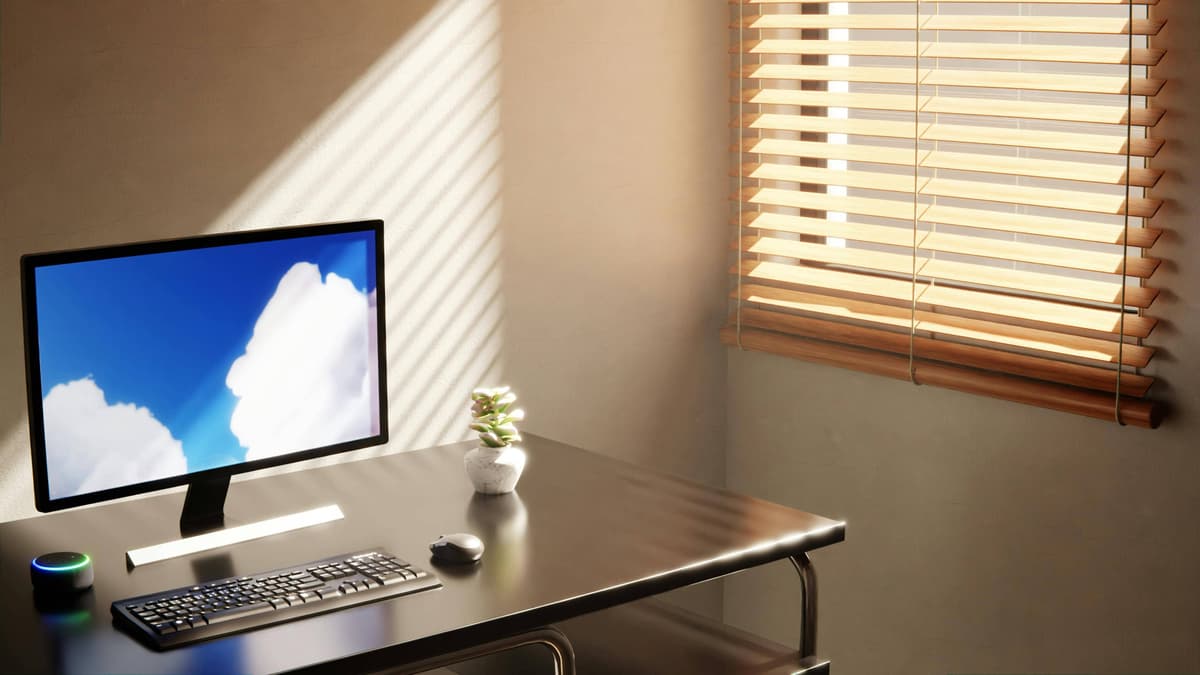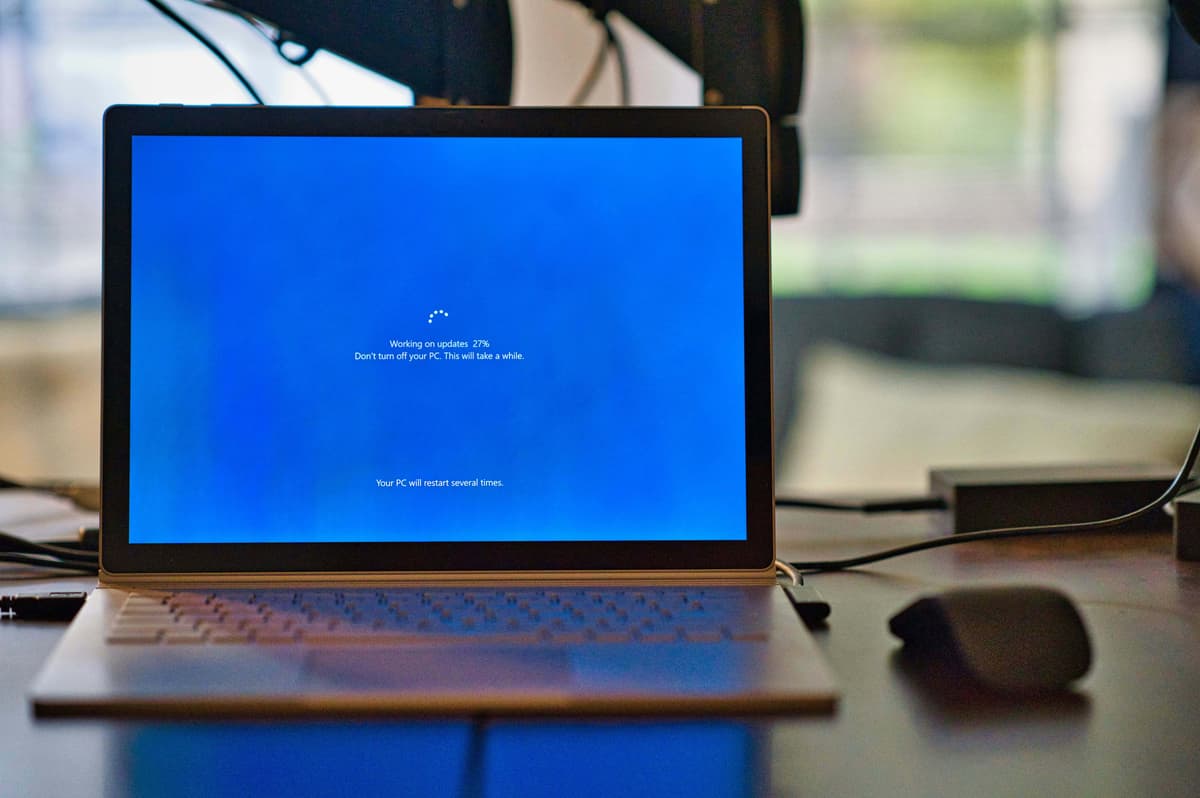
Experiencing trouble with your computer? Chkdsk may be a helpful tool. Chkdsk is particularly useful in troubleshooting hard drive errors. Read below to discover a guide that is compatible with every version of Windows.

The chkdsk tool scans for hardware problems and searches for logical system file errors. File system errors can include things like issues in a volume’s master file table, bad security descriptors, or misaligned file information.
There is also an option to scan disk volumes for bad sectors. These bad sectors can be soft (which result from poorly written data) or hard (which occurs during physical damage to a disk). Chkdsk is useful in identifying which sector is causing problems. Similarly, chkdsk can fix soft bad sectors and make note of hard ones so they will not be used again.
Using chkdsk periodically can help maintenance tests for your device run more smoothly. Additionally, it is wise to run this function after Windows has shut down in an abnormal way. In the event chkdsk finds an error that is not readily fixable, it’s important to have a backup method in place.
To activate this tool, open the File Explorer and right-click the drive that will be checked. From the menu, click “Properties”.
While in Properties, find the “Tools” tab and then select “Check.” If using Windows 7, it will be labeled “Check Now.”
When using Windows 8 and 10, a window may pop up that indicates that there are no errors on the drive. It is still possible to perform a scan by clicking “Scan Drive.” During this scan, the computer will not restart. If any problems are present during this scan, Windows will then give the option to restart and attempt to resolve any issues. If no problems are present during the scan, the window can be closed. It is also possible to use a Command Prompt to run chkdsk.

When using Windows 7, extra options appear after clicking on “Check Now.” To complete a comprehensive disk check, select the option to automatically fix file errors and attempt recovery of bad sectors. This scan can be lengthy, so it is best to conduct it when the computer is not needed for a few hours.
When fixing file system errors, the disk cannot be in use. If the disk is currently in use, there is an option to cancel the scan or to schedule a scan the next time the computer is restarted.
To schedule a disk check while the computer is restarting, open the Command Prompt with administrative privileges. Click Start and then type “command prompt.” From the drop-down menu, select “Run as administrator.”

Clint Patterson / Unsplash / “macbook pro on brown wooden table” / Unsplash license
Type the following command. The drive letter may need to be added.
chkntfs c:
If there is a scheduled manual check, the following message will appear:
“Chkdsk has been scheduled manually to run on next reboot on volume C: .”
When Windows schedules an automatic check of the drive, a message will appear notifying that the volume is dirty. This just indicates that the volume has been flagged with potential errors. Windows will still run a check the next time it starts. If an automatic scan is not scheduled, a message will appear that clarifies that the volume is not dirty.
It is possible to cancel a disk check after scheduling one. In order to do this, type the command below:
chkntfs /x c:
When a scan has been scheduled during a restart, Windows will give an option to skip the scan if it is no longer wanted.
Lastly, Windows will also give a user 10 seconds to skip a scan before a restart if deemed appropriate.
Yes, and this method can even be preferable because more options are provided for the disk checking process. When using Windows 8 or 10, this is the only way to initiate automatic fixing or bad sector scanning. To do this, open the Command Prompt with administrative privileges by clicking the Windows+X and choosing “Command Prompt (Admin).” This command can be modified by using /f and /r.
Using chkdsk without modifiers will cause the computer to scan in read-only mode, meaning that errors will be reported but not repaired. This scan can often be run without restarting the PC.
To instruct chkdsk to repair logical file system errors, it is important to include /f. If the drive has files that are in use, an option to schedule a scan for the next restart will appear.
chkdsk /f c:
Additionally, to scan for bad sectors, the /r modifier is used. Upon using the /r modifier, the /f scan will also be utilized. This means that a scan for logical errors and bad sectors will be conducted. Chkdsk /r is the most comprehensive scan, and it is advisable to run it at least a handful of times per year.
chkdsk /r c:
Here is a list of other modifiers that can be used on chkdsk:
C:\>chkdsk /?
Checks a disk and displays a status report.
CHKDSK [volume[[path]filename]]] [/F] [/V] [/R] [/X] [/I] [/C] [/L[:size]] [/B] volume
Specifies the drive letter (followed by a colon), mount point, or volume name.
filename
FAT/FAT32 only: Specifies the files to check for fragmentation.
/F
Fixes errors on the disk.
/V
On FAT/FAT32: Displays the full path and name of every file on the disk. On NTFS: Displays cleanup messages if any.
/R
Locates bad sectors and recovers readable information (implies /F).
/X
Forces the volume to dismount first if necessary. All opened handles to the volume would then be invalid (implies /F).
/I
NTFS only: Performs a less vigorous check of index entries.
/C
NTFS only: Skips checking of cycles within the folder structure.
/L[:size]
NTFS only: Changes the log file size to the specified number of kilobytes. If size is not specified, displays current size.
/B
NTFS only: Re-evaluates bad clusters on the volume (implies /R).
The I/ and C/ switch can reduce the amount of time required to run chkdesk by skipping over certain certain checks.
This guide has now explained how to troubleshoot hardware problems using chkdesk. Ideally, your computer should be running smoothly now!